Looking to master the Smith Machine lunge? This guide will teach you proper form, highlight key benefits, and help you avoid common mistakes for an effective workout.
Key Takeaways
-
Smith Machine lunges enhance leg strength by engaging the quadriceps, glutes, and hamstrings, and proper form is crucial for maximizing benefits and preventing injuries.
-
A thorough warm-up and mobility exercises before performing lunges are essential for reducing injury risk and improving overall workout performance.
-
Incorporating variations of Smith Machine lunges and progressive weight training can optimize muscle development and support continuous strength improvements.
Mastering the Smith Machine Lunge

The Smith Machine lunge is a key exercise for building leg strength and improving overall physical performance. It is especially beneficial for enhancing form and stability, with the machine providing the necessary support to focus on technique. Using proper form not only maximizes benefits but also minimizes injury risks.
Smith Machine lunges are highly effective for bodybuilders and lifters looking to strengthen their leg muscles. Maintaining proper body alignment and using the machine correctly are critical to achieving these benefits. Here’s how to set up and execute this exercise with precision.
Proper Setup
Setting up correctly for Smith Machine lunges is the first step towards a successful workout. Position the bar at shoulder height to ensure optimal lunging. This setup allows you to maintain balance and control throughout the movement, which is essential for effective lunges.
Proper form starts with this initial setup, as it sets the stage for the entire exercise.
Step-by-Step Execution
For precise execution of Smith Machine lunges, start by placing your front foot flat on the ground to maintain balance. Your lead knee should stay aligned over your ankle while the rear knee hovers just above the ground. Keep your back straight to prevent strain and ensure proper muscle engagement.
Engage your core to stabilize your trunk and maintain proper posture throughout the exercise. This core engagement supports overall balance and control during the lunge. Meticulously following these steps maximizes exercise effectiveness and minimizes injury risk.
Common Mistakes to Avoid
Avoid common mistakes by maintaining correct form, keeping the core engaged, and ensuring a balanced stance. Failing to align the knee over the ankle can lead to strain and injury. Lunging too far forward shifts focus from targeted muscles and compromises stability.
Skipping a proper warm-up increases the risk of injury and hinders performance. Allocate time for a thorough warm-up to prepare your muscles and joints, reducing strain and enhancing overall performance.
Targeted Muscle Groups
Smith Machine lunges primarily target the quadriceps but also effectively engage the glutes and hamstrings. Proper form and stance ensure these muscles are activated correctly, with feet hip-width apart for balance and muscle engagement.
Different lunge variations can emphasize specific muscles while still working the same primary muscle groups.
Quadriceps
Adjusting your stance can emphasize the quadriceps during Smith Machine lunges. A closer stance places greater focus on the quadriceps, enhancing overall leg strength and muscle symmetry.
Varying your stance width during lunges can shift focus onto different muscle groups, allowing for a more balanced and comprehensive workout.
Glutes and Hamstrings
A wider stance during Smith Machine lunges enhances glute and hamstring activation, leading to more effective workouts and improved lower body muscle development.
Incorporating variations in stance can help target these muscles more efficiently.
Benefits of Smith Machine Lunges

Smith Machine lunges offer numerous benefits and are a valuable addition to any workout routine. They primarily engage the quadriceps, glutes, and hamstrings. For beginners, the Smith machine provides stability, allowing focus on form and technique without the added challenge of balancing the weight, crucial for proper execution and injury prevention.
The Smith machine facilitates easier weight progression, beneficial for muscle growth over time. Active recovery techniques enhance muscle repair post-lunges, and hydration helps reduce muscle soreness. Together, these benefits improve overall physical performance and strength.
Improved Leg Strength
Smith Machine lunges enhance overall leg strength by engaging multiple muscle groups, promoting balanced development. Targeting both major and stabilizing muscles ensures strength and muscle symmetry. Gradually increasing the weight as you become more comfortable fosters ongoing muscle growth and strength development.
Incorporating these lunges into your routine will significantly improve leg strength, enhancing performance in other physical activities and exercises. The controlled environment of the Smith machine ensures safe and effective strength training.
Enhanced Core Stability
Engaging your core is essential for maintaining trunk stability during Smith Machine lunges. Neglecting core engagement can lead to instability and potential injury. The Smith machine lunge enhances core stability by requiring engagement of core muscles for posture maintenance.
Always engage your abdominals to keep your trunk upright and stable throughout the exercise.
Injury Prevention
Reverse lunges reduce knee strain compared to forward lunges, making them safer for individuals with knee concerns. The Smith machine reverse lunge has less knee impact, offering a safer alternative. Starting with lighter weights helps you master technique before progressing to heavier loads, reducing injury risk.
Proper form when adding weights to Smith Machine lunges reduces injury risk. Post-exercise stretching improves muscle flexibility and reduces injury risk. Targeted stretches for hip flexors and quadriceps are particularly beneficial after lunges, promoting recovery and preventing injuries.
Variations of Smith Machine Lunges

The Smith Machine offers multiple lunge variations, each providing versatility in workouts and targeting specific muscle groups. These variations work the same muscles but emphasize different areas.
The forward lunge is the simplest version, often used to introduce the movement.
Reverse Lunge
The Smith machine reverse lunge predominantly targets the glutes and hamstrings, shifting emphasis from the quadriceps for a balanced approach to lower body strength training.
Incorporating reverse lunges can enhance overall muscle development and strength.
Static Lunge
The static lunge, or split squat, benefits individuals with knee issues due to its limited movement. People with knee pain might find static lunges easier to perform, as they place less strain on the knees.
This variation emphasizes the medial and lateral quadriceps, offering a targeted approach to muscle engagement.
Walking Lunge
Walking lunges can be executed forward or backward, increasing engagement of various lower body muscles. Lunging forward and stepping the rear foot forward to land parallel to the lead foot is one such variation.
This dynamic variation requires less balance but increases muscle engagement, making it a highly effective lower body exercise.
Incorporating Weights

The Smith Machine allows for a controlled increase in weight, aiding in progressive strength training. When scaling Smith Machine lunges, choose variations suitable for your experience level.
Adding weights to your Smith Machine lunges increases resistance, enhancing workout effectiveness and promoting muscle growth.
Starting Light
Starting with lighter weights helps you master form and technique, ensuring a strong foundation for future progress. Lighter weights enable correct movement execution without compromising form, essential for effective training.
Using heavy weights too early can lead to imbalances and injuries from poor form and lack of control. Prioritizing proper form over heavier weights is crucial for long-term success and injury prevention.
Scaling Up
Starting with lighter weights helps master form and build a solid base before increasing resistance. Gradually increase the weight in small increments, ensuring proper form throughout. Listen to your body; if you feel strained or unable to maintain form, reduce the weight.
This approach ensures continuous improvement without compromising safety and allows us to continue making progress.
Pre-Workout Preparation

Before engaging in Smith Machine lunges, conduct a proper warm-up to prepare your muscles and joints. Thorough pre-workout preparation primes your body for exercise, reducing injury risk and enhancing performance.
This section will cover the importance of a warm-up routine and the role of mobility exercises in improving balance and movement quality.
Warm-Up Routine
Dynamic stretches before lunges enhance flexibility and reduce injury risk. Effective warm-up exercises include leg swings and mobility-focused lunges. These exercises increase blood flow to muscles and improve joint flexibility, preparing your body for the workout.
Allocate time for warming up to prepare your muscles and joints before performing Smith Machine lunges.
Mobility Exercises
Performing lunges mimics everyday movements, improving balance. Mobility exercises enhance workout performance, reduce injury likelihood, and contribute to better athletic performance.
Improving balance through these exercises ensures greater control and effectiveness in lunges.
Post-Workout Recovery
Post-workout recovery is critical, including for Smith Machine lunges. Stretching and proper nutrition promote flexibility, reduce muscle soreness, and aid recovery.
This section will provide insights into effective stretching routines and nutrition tips to optimize muscle recovery and growth.
Stretching
Stretching post-workout reduces muscle tension and improves flexibility. Focus on stretches targeting major muscle groups used during Smith Machine lunges, such as quadriceps and hamstrings. Hold each stretch for 20-30 seconds to maximize benefits.
Regular post-workout stretching aids injury prevention and enhances overall recovery.
Nutrition Tips
Consuming protein-rich foods after workouts promotes muscle recovery and growth. Protein supplementation repairs tissues damaged during workouts and supports muscle growth, aiding in building lean muscle faster.
Consume protein after workouts to optimize muscle recovery, ideally within 30 to 60 minutes post-exercise. Proper nutrition is vital for muscle recovery, helping you achieve fitness goals more effectively.
Summary
Incorporating Smith Machine lunges into your workout routine offers numerous benefits, from improved leg strength and enhanced core stability to effective injury prevention. By mastering the proper form and setup, you can maximize the effectiveness of this exercise while minimizing the risk of injury. Adjusting your stance and incorporating various lunge variations allows you to target specific muscle groups, ensuring a well-rounded lower body workout.
Remember to start with lighter weights to master your form and gradually increase the resistance as you become more comfortable. Pre-workout preparation, including dynamic stretches and mobility exercises, is crucial for preventing injuries and enhancing performance. Post-workout recovery, through stretching and proper nutrition, aids in muscle repair and growth. Embrace the challenge of Smith Machine lunges and experience the transformative impact they can have on your fitness journey.
Frequently Asked Questions
Is the Smith machine better for knees?
The Smith machine may not be better for knees, as it can impose higher stresses on the ACL and menisci compared to conventional squats. While it can enhance flexibility and strengthen surrounding muscles, the risks associated with joint stress should be carefully considered.
How to set up a Smith machine for lunges?
To set up a Smith machine for lunges, adjust the bar to around chin height and position it comfortably on your shoulders. Ensure your back is aligned with the support pad as you perform the exercise.
What muscles do Smith Machine lunges target?
Smith Machine lunges primarily target the quadriceps while also effectively engaging the glutes and hamstrings.
How can I avoid common mistakes during Smith Machine lunges?
To avoid common mistakes during Smith Machine lunges, ensure that you maintain correct form by engaging your core, keeping a balanced stance, and performing a thorough warm-up routine. Doing so will enhance your performance and reduce the risk of injury.
What are the benefits of Smith Machine lunges?
Smith Machine lunges improve leg strength, enhance core stability, and aid in injury prevention. They offer stability for beginners and facilitate easier weight progression.




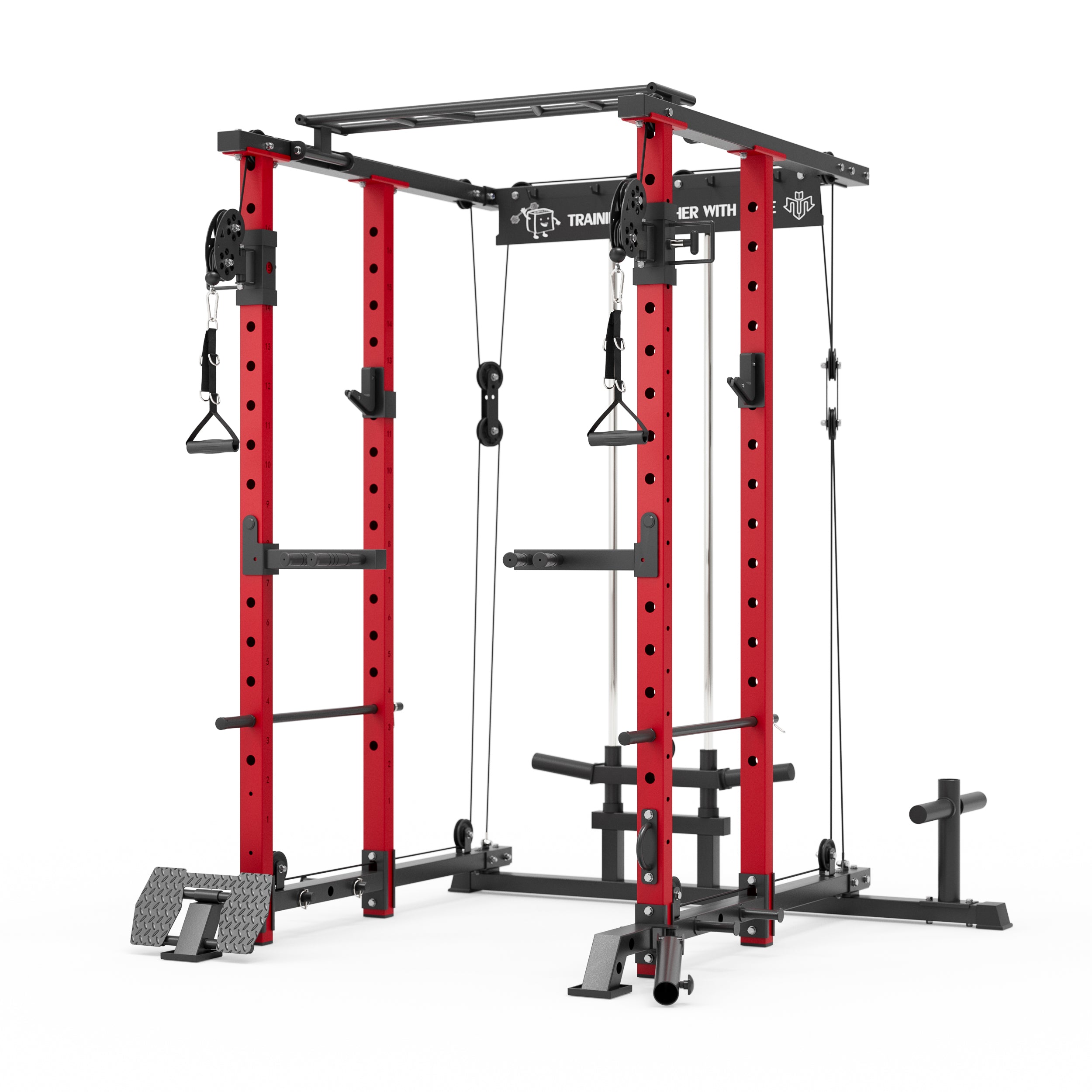


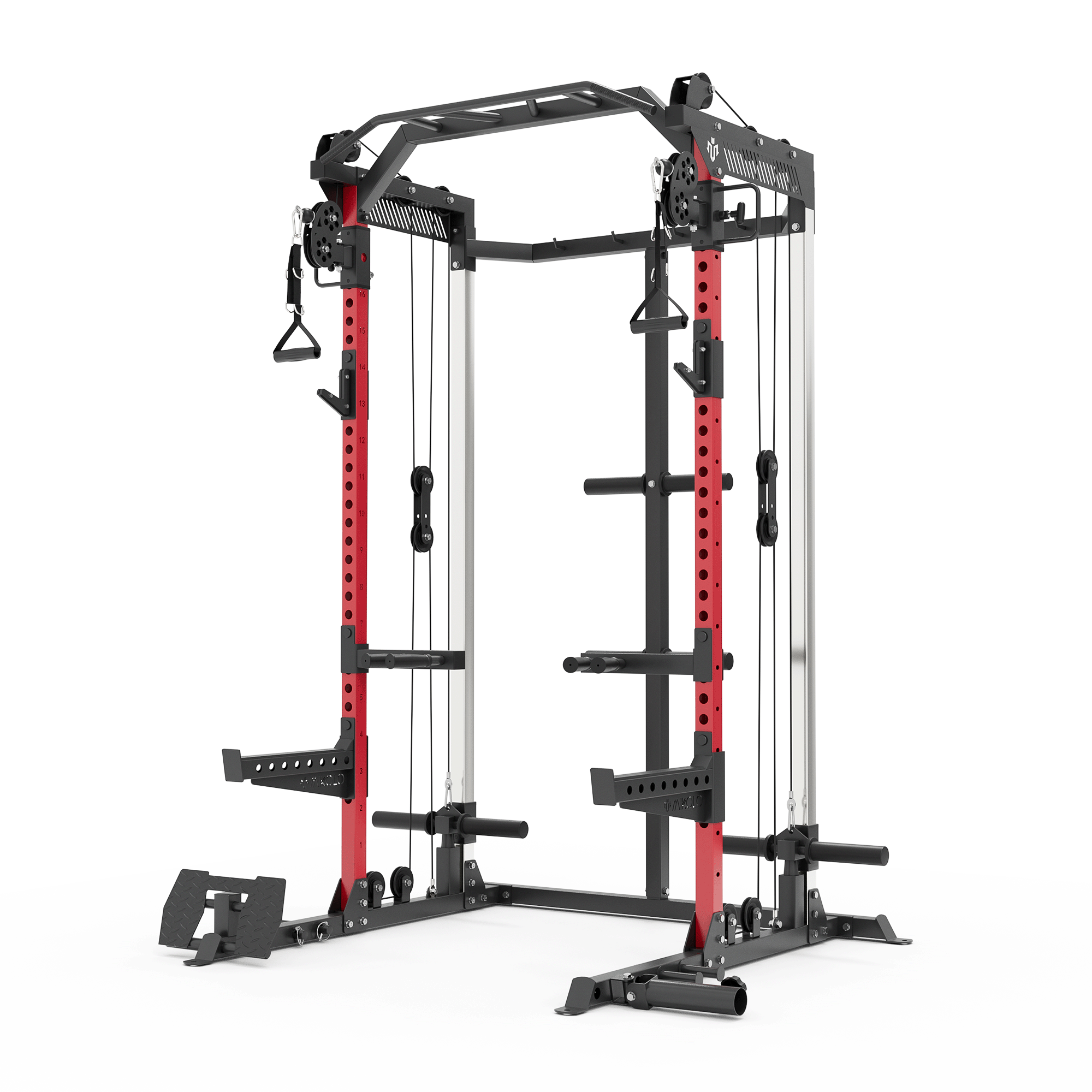




















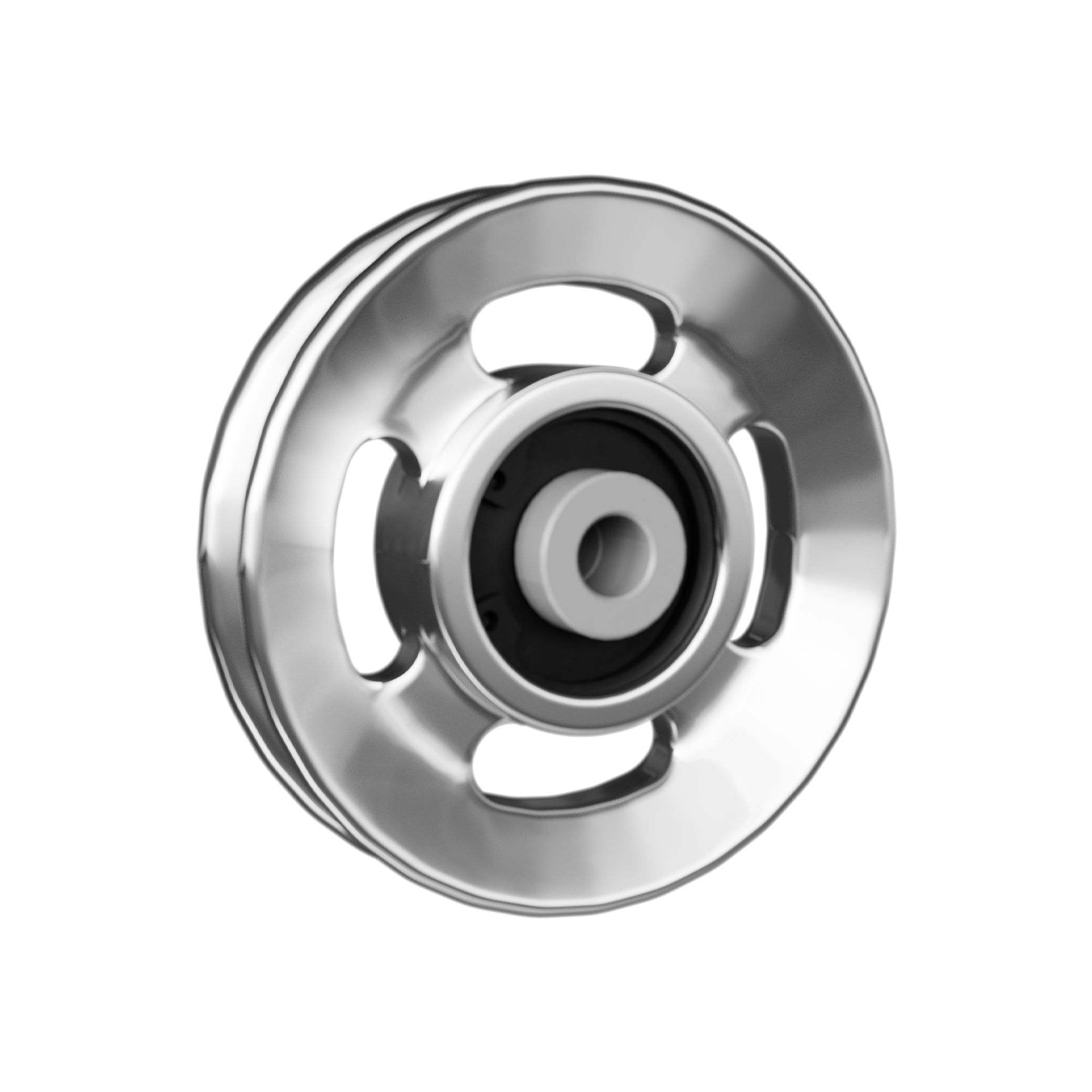



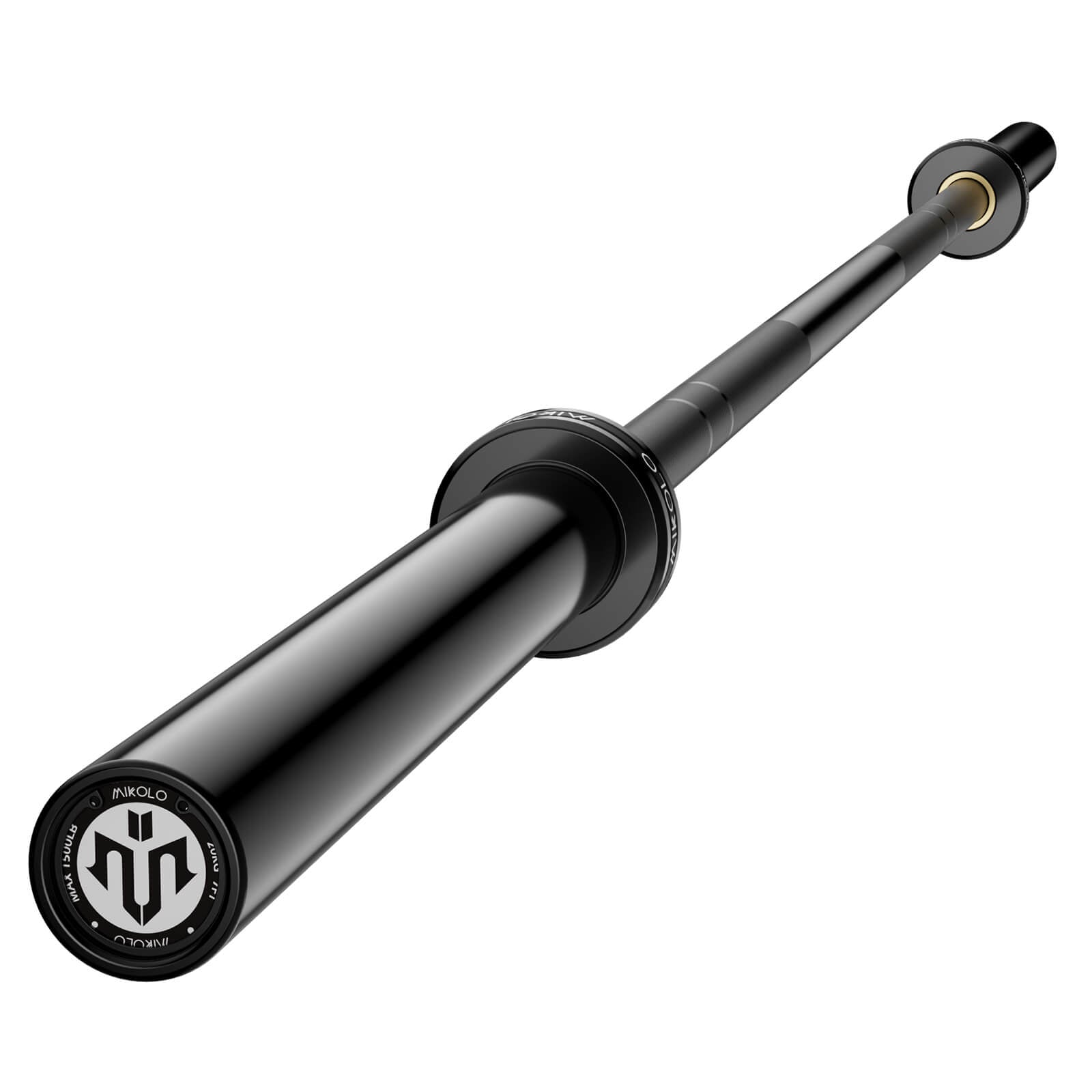




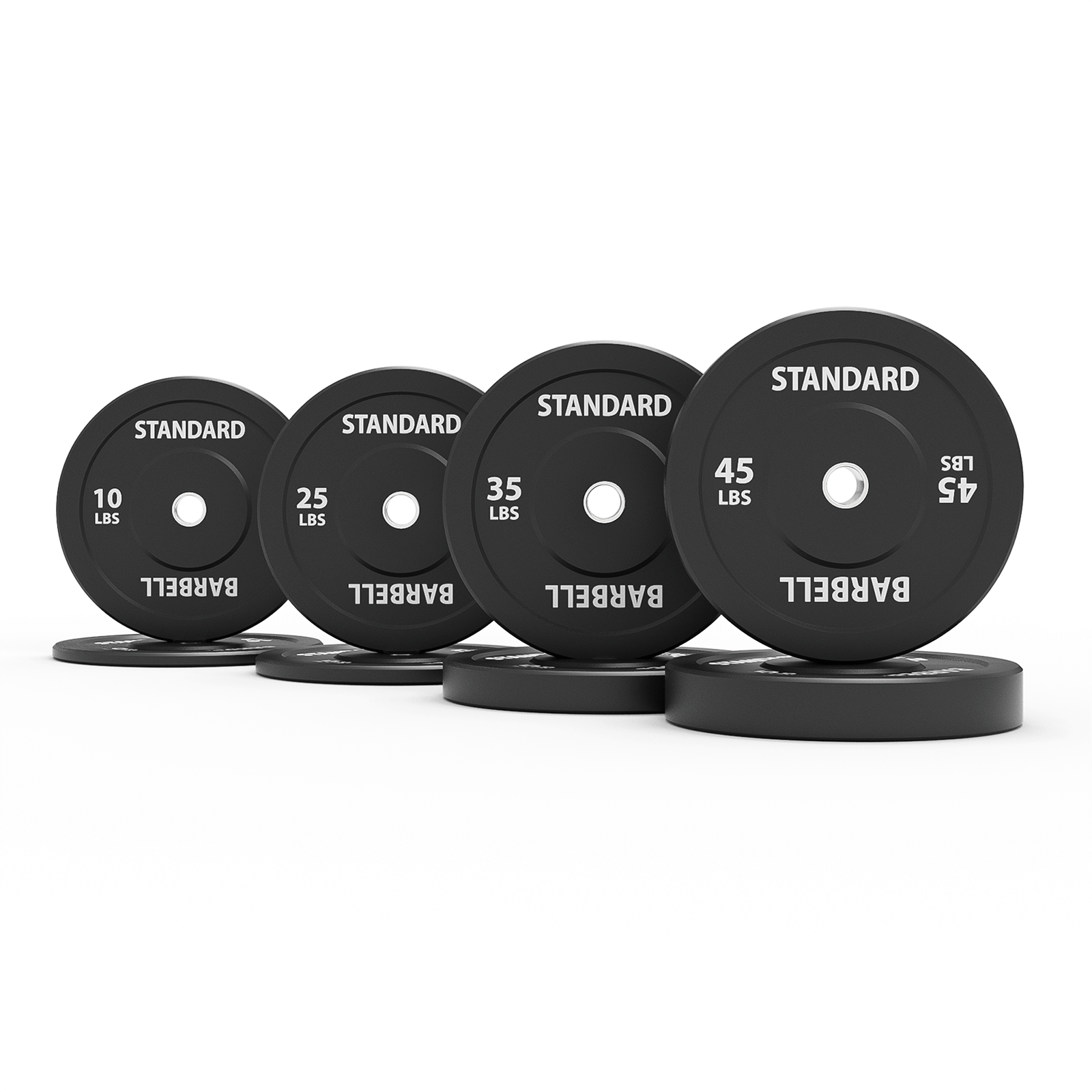




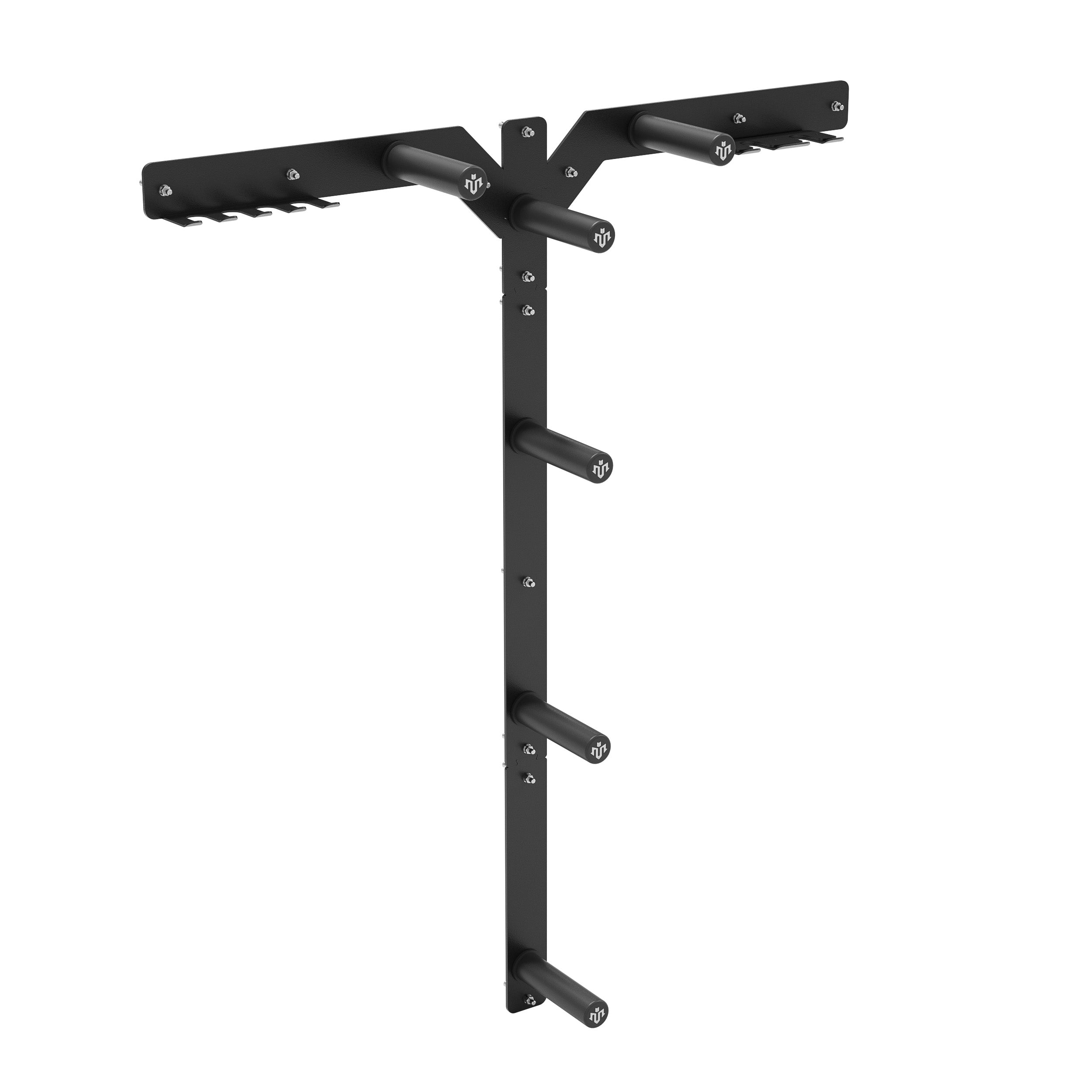




Leave a comment
This site is protected by hCaptcha and the hCaptcha Privacy Policy and Terms of Service apply.